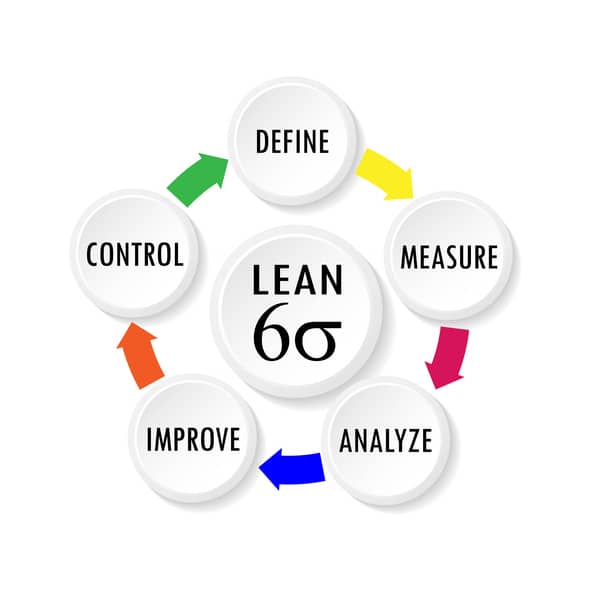A wireless network company has put Lean Six Sigma to use in its business, training a group of eight employees as Green Belts and achieving cost savings during the training period. They provide yet another example of how Lean and Six Sigma methodology helps businesses cut waste and find efficiencies, regardless of the industry.
The Pennsylvania-based company, Rajant Corporation, recently launched a Lean Six Sigma Green Belt training program for employees in the company’s office in Morehead, Ken. In a news release, company leaders said they launched the program to train employees on eliminating waste and optimizing efficiency “while maximizing the value to customers of its products with the lowest possible investment.”
The cost savings occurred during the Green Belt program as each of the eight participants chose to demonstrate the effectiveness of different Lean tools in identifying and correcting operational gaps in a variety of areas across the company’s operations.
They ended up saving the company $40,000. They also ended up with a better, clearer picture of their company’s operations and their role in it.
Lean Training for Wireless Company Employees
Rajant is a company that is very public about its commitment to fostering a culture of continuous process improvement as a way of meeting customer demands and staying competitive in the wireless market.
It specializes in private network infrastructure that supports mobile wireless communications. To do so, the company developed Kinetic Mesh technology. The company has clients in oil and energy, transportation and rail, utilities, telecom, public safety, and government.
Eight employees based in Rajant’s Morehead office received the Lean Six Sigma training. It involved conducting an operational assessment, five days in the classroom for Green Belt training, and three days for training in Kaizen.
The eight employees learned how to make data-driven decisions that involved statistical methods learned during Green Belt training. They focused on putting Lean tools to work to cut waste and meet customer demands, while focusing on creating measurable and quantifiable financial returns from their efforts.
Putting Lean Lessons Into Play
The training in Kaizen prepared the employees to become change managers in their area of operation.
The idea behind Kaizen is to foster a culture where people do not resist change and buy into the idea of continuous improvement. Kaizen is a cornerstone for the much-admired Toyota Production System. Focused Kaizen events, usually lasting three days, are used to identify the root causes of waste in a process and develop ways to eliminate them.
The Rajant employees did just that. Each put a Lean tool to work on a problem as a project to complete to earn a Green Belt. Added up, those savings reached $40,000.
They also offered comments in the news release about the value of Lean training. Austin Clark, a systems engineer, said the training “gave me an invaluable new set of tools and critical thinking methods to use in the way I approach my everyday tasks.”
He said he now can view problems from “multiple angles,” which ensures he finds solutions using the best possible tool. But the biggest change might be the benefits earned in the future.
“Now, continual improvement is applied to everything I do,” he said in the press release. “Work product outcomes are of higher quality and the timeline for completion improved. Six Sigma strengthened my leadership and ability to work as a team to solve a common goal.”
Travis Miller, another systems engineer who took the training, echoes Clark’s thoughts and added that he now thinks more like a leader because he better understands how each phase of the operation fits together to form a successful result.



